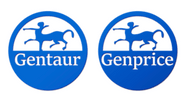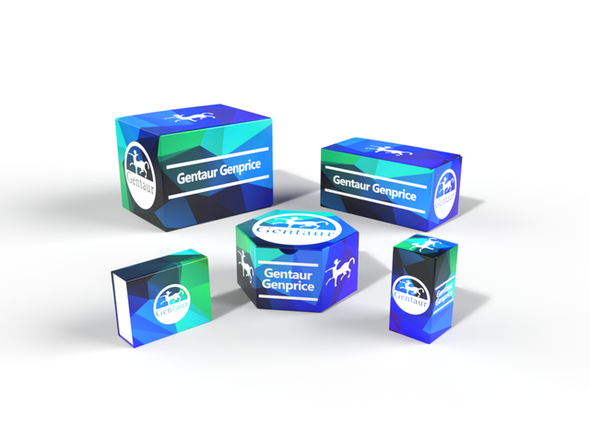451 Recombinant Proteins and Cell culture
GLN2 | GS2, chloroplastic form of glutamine synthetase | AS08 296
- SKU:
- 451-AS08 296
- Availability:
- Usually ships in 5 working days
Description
GLN2 | GS2, chloroplastic form of glutamine synthetase | AS08 296 | Gentaur UK, US & Europe Distribution
Immunogen: KLH-conjugated synthetic peptide which is a part of part of the glutamine synthetase/guanido kinase superfamily catalytic region chosen from various available sequences, including Arabidopsis thaliana GLN2, UniProt: Q43127, TAIR: AT5G35630
Host: Rabbit
Conjugation: N/A
Clonality: Polyclonal
Isotype: N/A
Purity: Serum
Format: Lyophilized
Tested Application: ImmunoGold (IG), (Western blot (WB)
Related Products: AS08 295 | Anti-GLN1 GLN2 | GS1 glutamine synthetase global antibody
Recommended Dilutions: 1 : 5000 on 0, 5-5 ug protein/lane detection (WB)
Molecular weight: 47 | 44-45 kDa
Confirmed Reactivity: Arabidopsis thaliana, Nicotiana tabacum, Oryza sativa, Pisum sativum, Spinacia oleracea
Predicted Reactivity: Brassica napus, Glycine max, Hordeum vulgare, Medicago truncatula, Pinus sylvestris, Phaseolus vulgaris, Physcomitrium patens, Populus sp., Triticum, aestivum, Zea maysSpecies of your interest not listed? Contact us
Not reactive in: Diatoms
Additional Information: N/A
Background: Glutamine synthetase (GLN or GS) is one of the key enzymes involved in nitrogen metabolism of plants. It catalyses the synthesis of glutamine from glutamate and ammonia in an ATP-dependent reaction. There are two general classes of glutamine synthetase in plants: GLN1, a cytosolic form and GLN2, a chloroplastic form. GLN2 is encoded by a single gene and is highly abundant in mesophyll cells of leaves for the assimilation of ammonia produced from photorespiration and the reduction of nitrate in the chloroplasts. GLN2 is a target for thioredoxin.
Reconstitution: For reconstitution add 50 µl of sterile water
Storage: Store lyophilized/reconstituted at -20°C; once reconstituted make aliquots to avoid repeated freeze-thaw cycles. Please remember to spin the tubes briefly prior to opening them to avoid any losses that might occur from material adhering to the cap or sides of the tube.
TAIR Nnumbre: AT5G35630
Category: Nitrogen Metabolism
Research Area: Plant Biology






